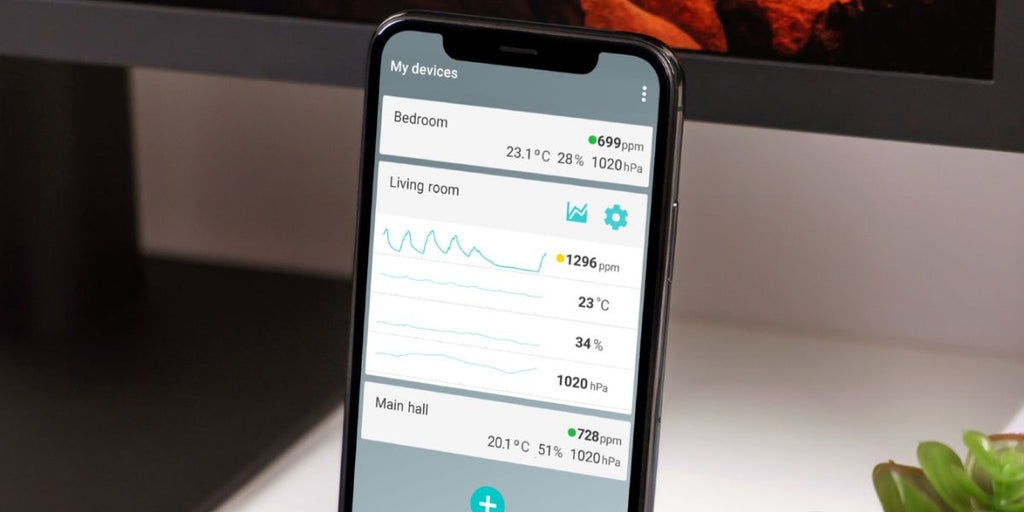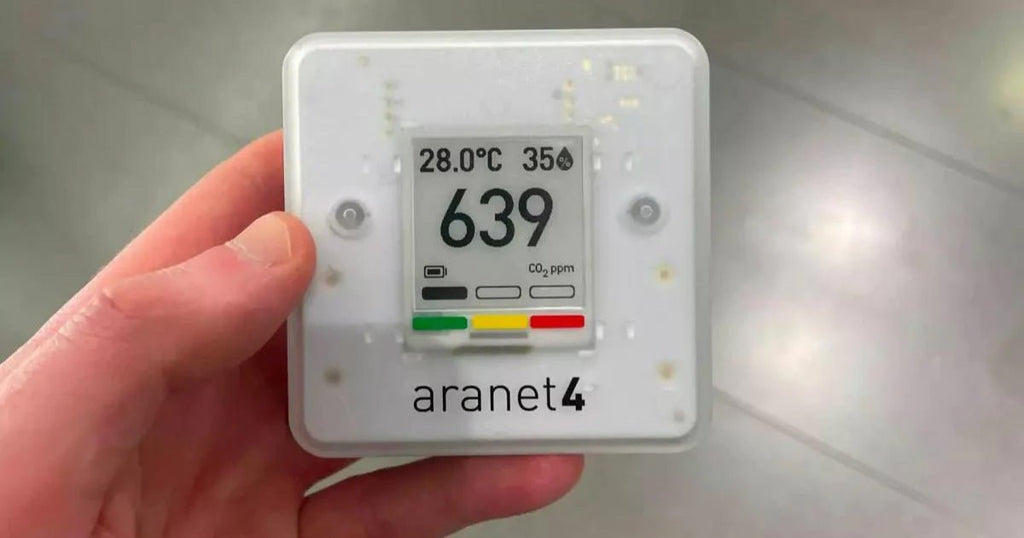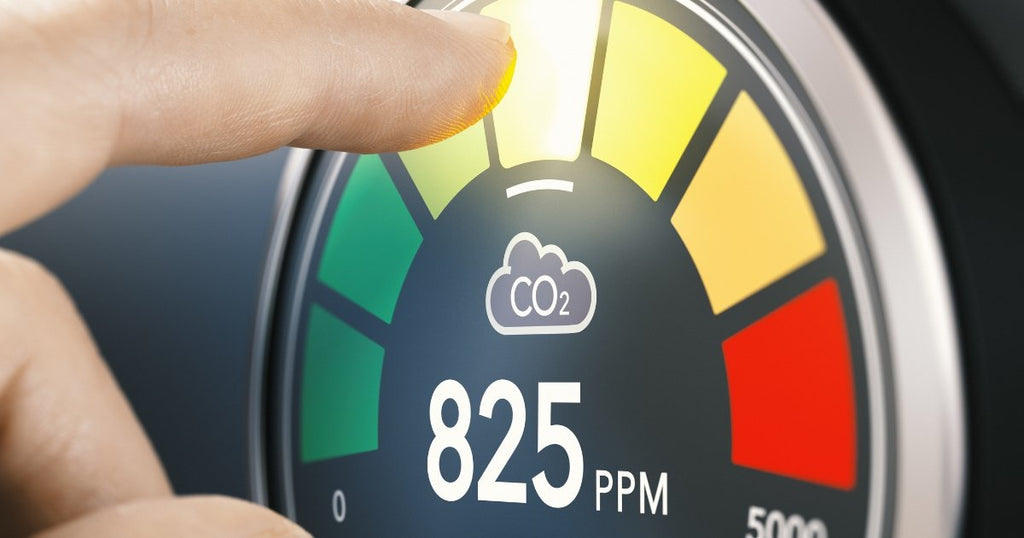News — Indoor Air Quality
Office Indoor Air Quality

Studies show a correlation between high concentrations of CO2, indoor air quality and employee productivity in the office.
- Tags: Indoor Air Quality
High CO2 Levels Indoors Will Surprise You

CO2Meter highlights a Carbon Dioxide (CO2) exposure limits chart and references ASHRAE, OSHA, NIOSH EPA, and more.
- Tags: Indoor Air Quality
Typical CO2 Levels at Home Tester

We used a personal CO2 tester to measure CO2 levels at home. We wanted to record the different carbon dioxide levels and share our analysis.
- Tags: Indoor Air Quality
ASHRAE CO2 Standards for Classrooms

Using CO2 as an indicator for ventilation, ASHRAE recommends specific CO2 concentration standards in classrooms. We include a reference chart and guideline.
- Tags: Indoor Air Quality
Carbon Dioxide Levels Chart

CO2 levels indoors can directly affect our overall health and well-being. We discuss the CO2 ppm ambient levels that are safe and include a CO2 levels chart.
Categories
- Agriculture
- Ammonia (NH3)
- Beverage
- Breweries
- Carbon Dioxide (CO2)
- Carbon Monoxide (CO)
- Case Studies
- Corporate
- Cryogenics
- Data Logger
- Ebooks
- Fire Suppression
- Free Gaslab Software
- HVAC
- Indoor Air Quality
- Industrial
- Medical
- Methane (CH4)
- Modified Packaging (MAP)
- Multi-Gas
- Mushroom Farming
- NBIC
- NFPA
- OSHA
- Oxygen (O2)
- Poultry
- Restaurants
- Safety
- Scientific
- Sensor
- Welding
- Wineries
